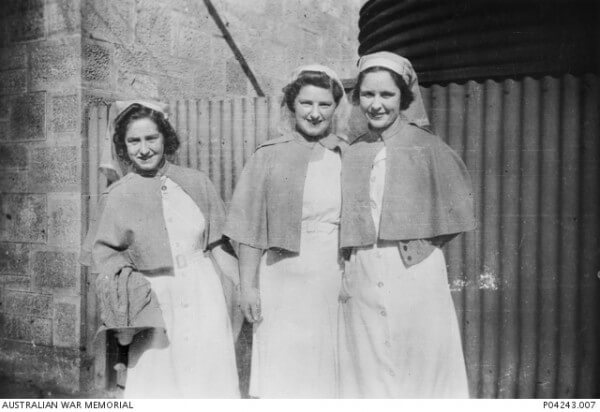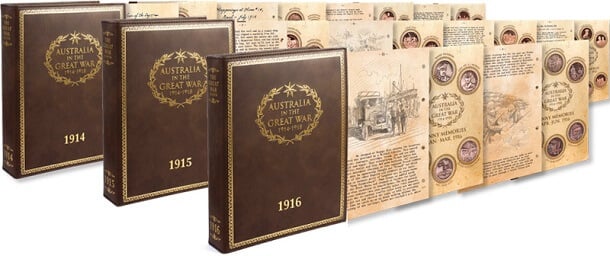
LONG HISTORY OF WOMEN'S CHARITIES
Image: Photograph of three members of the Murray Bridge branch of the Cheer Up Society of South Australia. The photo was taken at Murray Bridge railway station.
Contrary to the common stereotype in Australia during the Great War women did not take over the jobs of the men who had gone to the front. The government and trade unions of the day considered the jobs of the men of the front would be devalued if undertaken by women and wages would drop.
While women in the homeland did take on more paid work, it was in the traditional women’s areas such as clothing, textiles, catering and footwear. But the women of Australia came into their own through volunteering. They busied themselves by organising the Cheer-up Society, the Australian Women’s National League, the Australian Comforts Fund and other patriotic support movements.
At the outbreak of war in 1914 the Grafton Croquet Club summed up what they saw as the role of women in the hostilities:
“Whilst our men have offered their services to the motherland and our Governments are getting ready for emergencies, Australian women should also be organising in case their help is needed. The women… compelled to stay at home (should) prepare bandages and comforts for the wounded at the hospitals.”
The Cheer-up Society was exclusively a South Australian organisation. There was a ‘Cheer Up Hut’ near the Adelaide Railway Station supported by the Country Women’s Association and other charitable organisations. It offered hot meals, entertainment and refined female company for troops leaving for war and for the returning wounded.
Nationally, the Australian Comforts Fund provided many different services for soldiers both at home and at the front. Packages containing shirts, socks, caps, scarves mittens, cigarettes, handkerchiefs, bandages, chewing gum, condensed milk, cocoa, biscuits, lump sugar, potted meat, cheese, tinned peaches and lollies were regularly sent to Australian soldiers overseas.
The Comforts Fund also set up Comfort Huts near the frontlines where soldiers could have a hot cocoa, a clean change of clothes and a cigarette. One soldier wrote home to express his gratitude for the Comfort Huts:
“In every village behind the front…you will find the Australian Comfort Fund…the boys who do praise the organisers of the Comfort Fund are those fellows on their way back from the muddy trenches… they drain their tins of hot cocoa and milk, and smoke during the ten minutes interval.













